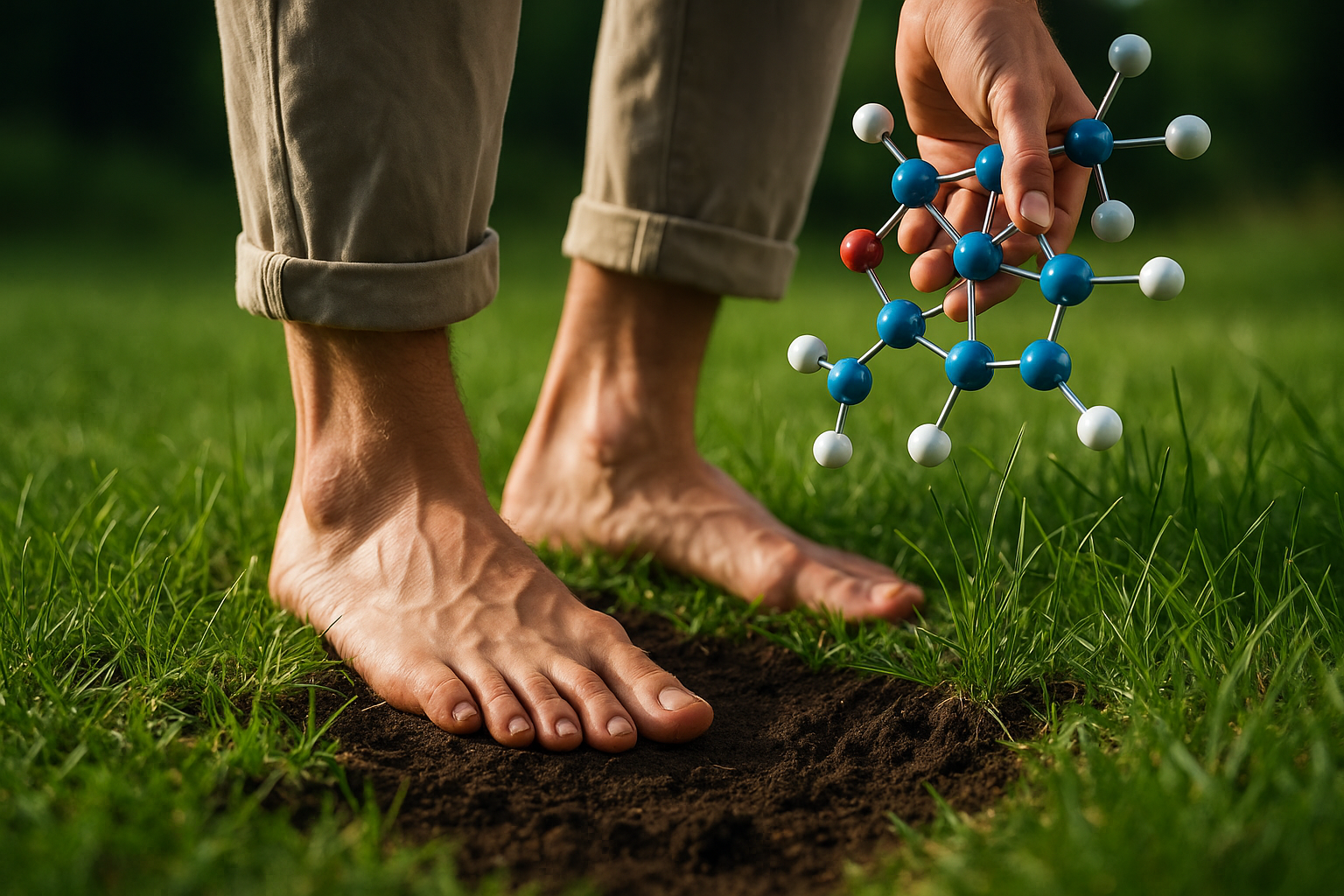Decoding the Health Benefits of Grounding
As we sail through the vast sea of health and wellness trends, a unique, science-backed practice has been quietly gaining traction. It's called grounding, or earthing, and it's as simple as it sounds: connecting with the Earth's natural electric field by walking barefoot or using grounding equipment. While its simplicity may raise eyebrows, its potential health benefits, backed by emerging scientific research, offer an intriguing new perspective on holistic wellness.

Grounding: Historical Context and Scientific Developments
Grounding is not a new concept. It is rooted in indigenous and ancient practices worldwide, where connecting with the Earth barefoot was a natural part of daily life. However, the advent of modern lifestyles and insulated footwear has largely disconnected us from this primal connection, leading to a surge of interest in grounding’s potential health benefits.
In 1998, Clint Ober, a retired cable TV executive, initiated the first scientific research into grounding. In collaboration with various researchers, he published several studies exploring grounding’s impact on inflammation, sleep, pain, stress, and heart rate variability.
Grounding in Today’s Health Landscape
Fast forward to today, and grounding is making a comeback, backed by an expanding body of research. A review published in the Journal of Environmental and Public Health suggests that grounding can neutralize free radicals, reduce inflammation, improve sleep, increase energy, and lower stress and anxiety levels.
While these findings are promising, it’s crucial to acknowledge that more extensive studies are needed to fully understand grounding’s health implications. It’s also worth noting that grounding should complement, not replace, traditional medical treatments for established conditions.
A Closer Look: The Science Behind Grounding
Grounding works on the principle that the Earth is a vast reservoir of negatively charged electrons. When our skin comes into direct contact with the Earth, these electrons are absorbed into our body, which proponents argue can neutralize harmful free radicals, reduce inflammation, and promote overall health.
A study published in The Journal of Alternative and Complementary Medicine found that grounding during sleep improved cortisol levels, suggesting potential benefits for sleep and stress disorders. Another study in the Journal of Inflammation Research noted reduced blood viscosity—a key risk factor for heart disease—after grounding.
Grounding: The Road Ahead
While the scientific community continues to explore grounding’s potential health benefits, it’s clear that this simple practice offers a unique way to connect with our natural environment. The beauty of grounding lies in its accessibility; it’s a wellness strategy that requires no membership, fancy equipment, or rigorous training.
A Grounded Life: Practical Insights
-
Start slow: Begin with 10-15 minutes of barefoot contact with the Earth daily, gradually increasing as you feel comfortable.
-
Be mindful: Use this time to connect with your surroundings, noticing the sensations under your feet and the rhythm of your breath.
-
Grounding equipment: For those living in urban environments or cold climates, grounding mats, sheets, and bands offer a practical alternative.
-
Safety first: Avoid grounding in areas sprayed with pesticides or where there’s a risk of ticks or sharp objects.
In conclusion, grounding offers an intriguing blend of ancient wisdom and modern science, promising potential benefits for stress, sleep, and inflammation. While more research is needed, grounding represents a fresh, practical, and accessible strategy in the ever-evolving landscape of health and wellness.




